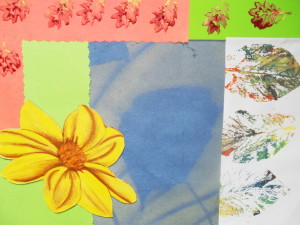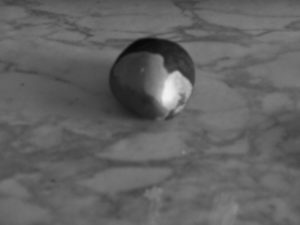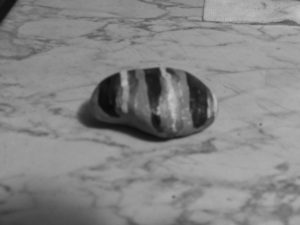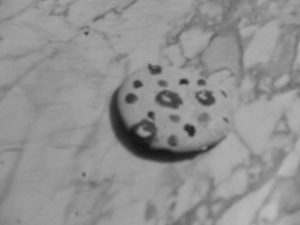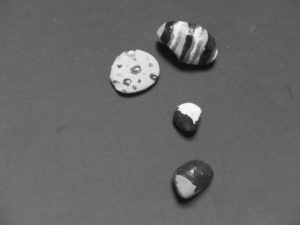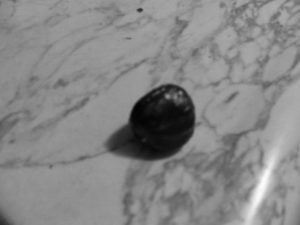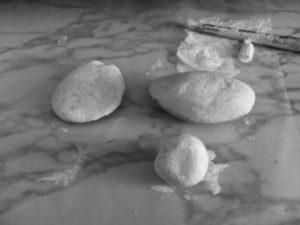The craft NATURE COLLAGE was adapted from the project “World of Nature/Spring Mural Collage” found in the Arts and Crafts Activities Desk Book by Joyce Novis Laskin and published by Parker Publishing Company in 1971.
MATERIALS:
White glue or glue stick
cardboard any size
Scissors
Any combination of: poster or acrylic paints, brushes, fabric scraps, newspapers, magazines, photos, pen and ink, crayons, construction paper, tissue paper, brown paper bags, ribbon, buttons, etc.
Objects from nature: leaves, twigs, bark, shells, pebbles, seeds from plants, etc.
1. A collage is a composition or picture made by attaching different found objects and materials to a surface. That surface is often (but not always) flat. Like all forms of art, the first step in making a collage involves thinking. What will the collage be about?
2. Decide the size of the collage. Glue, draw or paint everything on the cardboard so it is important to decide if you want a large or a small collage. Use a large sheet or cut it in half.
3. Next, decide if you want the design to flow across the cardboard (horizontally), from the top to the bottom (vertically) or from corner to corner (diagonally).To create depth, larger objects should stand in front of smaller ones. It is smart to work from the back to the front of the collage so glue the smaller objects first. This gives the person looking at the collage a feeling of depth. “Depth” means that you can see objects in back of the objects that are in front of the scene that you are creating.
4. Collect the materials that you will be using. Different materials make up a collage. This collage project has one main subject (nature) so collect many objects from and about nature. Photographs, drawings of objects from nature (the sun, butterflies, bees, birds, clouds, etc.) can also be used.
Use cut paper, too. Cut the paper into different shapes suggesting nature (i.e., leaves and flowers) using scissors. This will produce paper edges that are wavy, zigzagged or straight.
Or fold the paper once. Turn the paper on the other side and fold again in the other direction. Tear the paper along the fold. Continue to fold and tear the paper into shapes. This creates ragged paper edges which will look different from the papers cut with scissors.
Glue the papers down and overlap them. The layers of tissue paper will show the color and shape of the paper or board underneath and create pretty designs.
5. Glue the materials to the cardboard. If you are not sure about the design, glue them to a piece of paper like construction paper. Then, decide if the materials can be added to the collage. If you decide that you can, glue the paper with the objects to the cardboard.
6. Frame the collage and hang on your bedroom wall!
VARIATION:
SEASHELLS: Find a couple of seashells. The kinds that are sort of flat are the best for this idea. Choose two or three colors of paint and squeeze some on a palette or piece of wax paper. Brush the paint on one side of the shell. Experiment with the amount of paint. Print the shell on a piece of construction paper by rolling it and pressing. Do this with the other colors and shells, occasionally overlapping some of the shells to create a pattern. To add another dimension to the shells, glue tiny seeds or pebbles on the ends of the printed shells. When the paint is dry, cut the printed shells and glue to the cardboard along with the other objects collected. (See the Summer Camp for Kids: Nature Prints tutorial on this website for more information.)
The collage below includes a drawing of a flower, a sun print of leaves and twigs, a part of a nature print of leaves and rubber stamped leaves. Assorted cut paper was used for the background
